Is it true that in Japan, the new does not chase away the old but only adds to the old, and the old becomes the foundation for the new to develop?
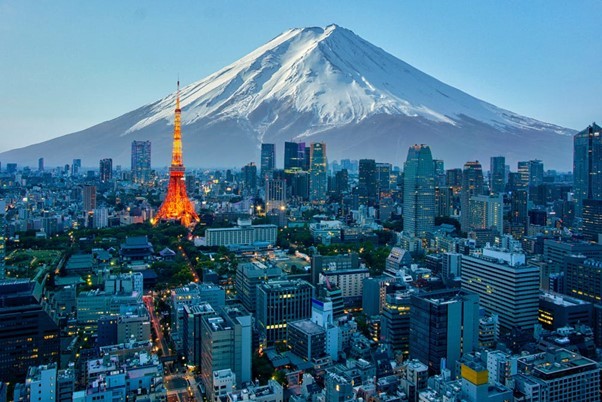 |
| Panorama of Tokyo, Japan. (Source: Getty Images) |
One early summer morning, while walking around a street corner with a flower garden in Tokyo, I (Huu Ngoc) saw a group of people jogging. They were shouting to keep the rhythm as they ran; their shouting was sharp and had a fierce sound. A moment later, passing by a residential area, I heard from a cassette the voice of a female singer, soft as velvet, mournful like the song Shina no yoru (Chinese Night) that was heard in Vietnam in the early 40s of the last century.
One evening, I sat alone in my room at a Tokyo hotel, drinking tea and watching television. The tea was in a pretty paper package; when I poured boiling water into it, the tea was pale green and clear, and I felt a sense of serenity when I sipped it. But when I looked at the small screen, that feeling disappeared: in a swordplay movie, there was a scene of beheading, blood dripping for a long time from the severed head, making me shiver.
The striking scenes of daily life – as well as many other cultural and artistic phenomena in Japan – leave me with the impression of contrast, of sharp contrast. Of course, in the identity of a person as well as of a nation, contrasting and opposing elements are normal.
But it seems that there is no nation like the Japanese: in their character, contrasting, opposing elements appear clearly, sharply, and "fiercely". So is "fierceness" or delicate grace the essence of Japanese culture? Writer Mishima exalted the tradition of fierce masculinity, while writer Kawabata sought the essence of national culture in delicate feminine art.
These two elements, along with many others, continued to blend together to create a harmonious Japanese culture, marked by the common trait of “inner grace rather than outer splendor.” According to the philosopher and critic Motoori Norinaga (1730-1801), Japanese culture was characterized by “femininity,” most prominently during the Heian period; “this femininity manifested itself in practical, unsystematic thinking,” in contrast to Chinese thinking.
Japan's material and spiritual culture is a human success: more than 125 million people concentrated on poor, remote islands with only 60,000 square kilometers of usable land, have built a powerful nation from a poor, backward feudal country to the top of the world .
There are many theories explaining “Japanese uniqueness” through economic , social, geographical, historical, racial, cultural factors… However, in the field of humanities, it is difficult to affirm absolute truth, and subjective reasoning is difficult to avoid.
There are theories based on geography as the decisive factor: the location of the archipelago far from the mainland, making Japan less vulnerable to foreign invasion, favorable for the formation of a homogeneous nation, but preventing the gradual infiltration of foreign cultural influences. The temperate climate is more favorable for human “civilization” than in places that are too cold or too hot.
At the same time, the harsh climate (volcanoes, earthquakes, tsunamis, storms, floods...) as well as limited rice fields, have sown "fierce" and unsafe impressions in the community's subconscious, so they are used to living simply, austerely and valuing the collective from family, village to nation to survive. On the other hand, the majestic or beautiful nature that enters daily life (housing, festivals, flower arrangements, bonsai, tea ceremony...) has nurtured the aesthetics (architecture, painting...) and animistic beliefs of the Japanese (Shinto religion - the Emperor is considered a descendant of the Sun God).
There is a theory that the secret of success and the key to Japanese culture can be found in traditional ideology. In addition to the elements of Shinto, which is the indigenous belief, the root of the deep affection for nature, the dead, the Emperor, the clan, the village, and the nation; the import from China of the great ideologies of Buddhism and Confucius (Buddhist culture), combined with Shinto, has contributed to the formation of the Japanese character. Architecture, paintings, and lifestyle are still deeply influenced by Buddhism.
In particular, Zen mainly meditates on meditation to attain Buddhahood; it asserted itself in the 14th-16th centuries, as an important element of the culture of the “warrior” world: self-cultivation, self-discipline, integration with nature, the art of refinement (Zen gardens, tea ceremony, etc.). The Pure Land sect of Amitabha Buddha recitation is more popular among the people. Japanese Confucianism radicalizes the word “loyalty” and the concept of “righteousness” is very strict; it became the foundation of feudal society and supported the ideal of “Bushido”.
There is a theory that Japan's success in "Westernization" and its ability to rise up after many losses from World War II was due to its ability to transform its traditional ideological and religious foundations, especially Confucianism (community spirit, the concept of "Harmony" in the hierarchical order of Heaven - Earth - Man and in human society). Modernization during the Meiji period (1868 - opening the door, Western culture flooded in) was carried out with a very tight command economy, based on feudal traditions.
Today, Japan has a culture that is increasingly industrial and technological; Western “consumer society” and “international”. In everyday life, the Japanese have succeeded in reconciling the influence of Western culture with their own traditions. People often give examples of businessmen who live in Tokyo during the day surrounded by machines and electronic rhythms, and return at night to kimonos and traditional customs.
Is it true that in Japan, the new does not chase away the old but only adds to the old, and the old becomes the foundation for the new to develop?
Source




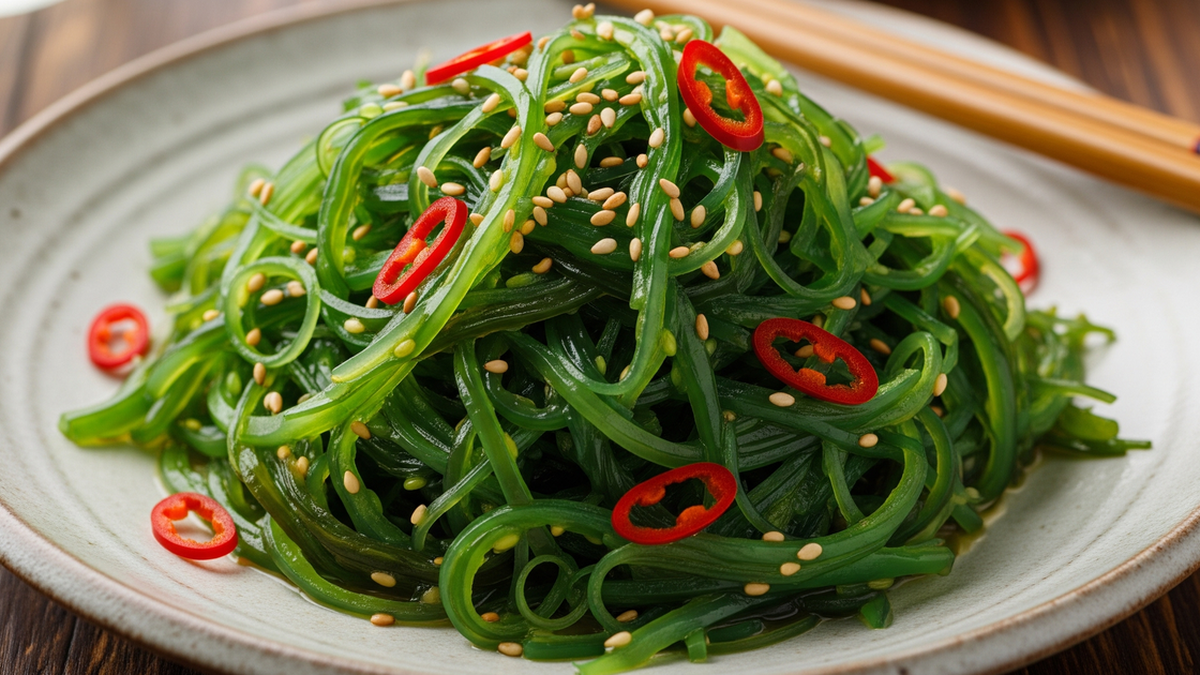

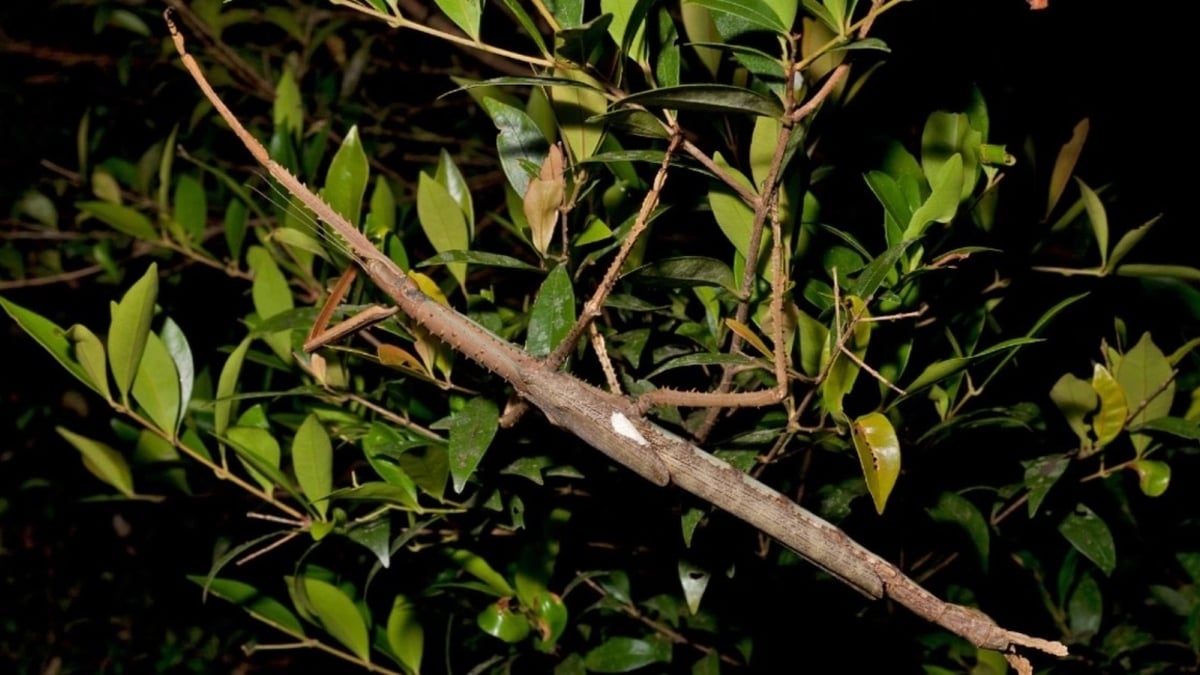

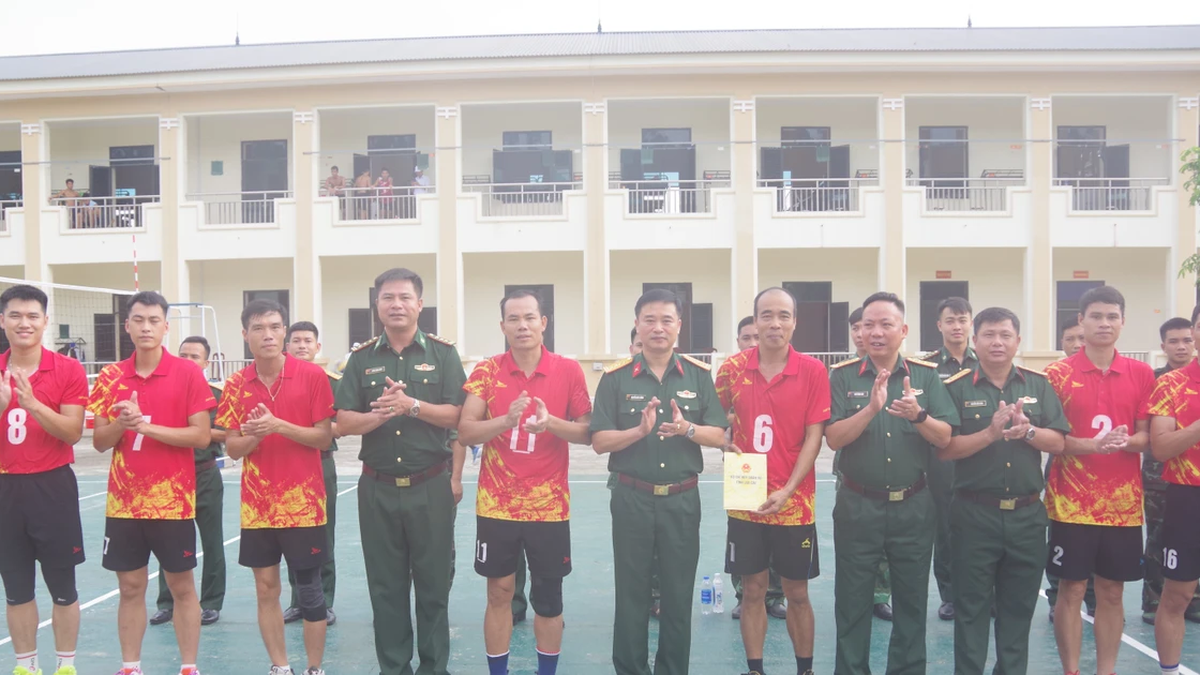



















![[Photo] Nghe An: Provincial Road 543D seriously eroded due to floods](https://vphoto.vietnam.vn/thumb/1200x675/vietnam/resource/IMAGE/2025/8/5/5759d3837c26428799f6d929fa274493)

























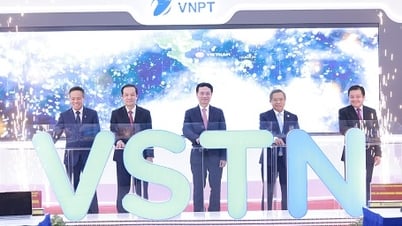




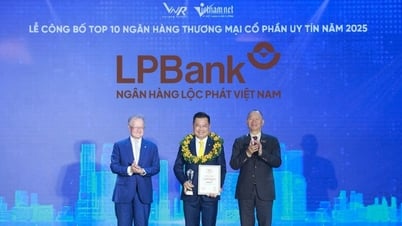
















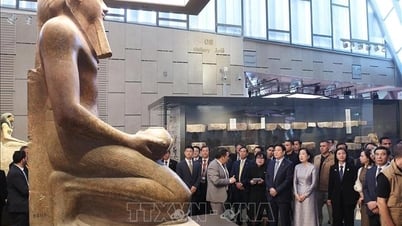




















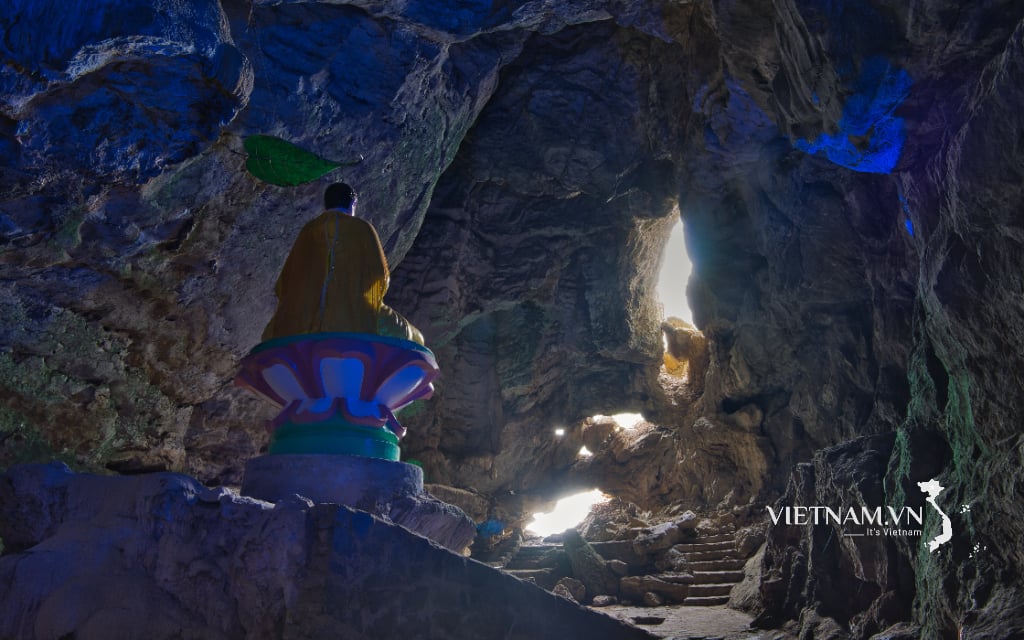

Comment (0)